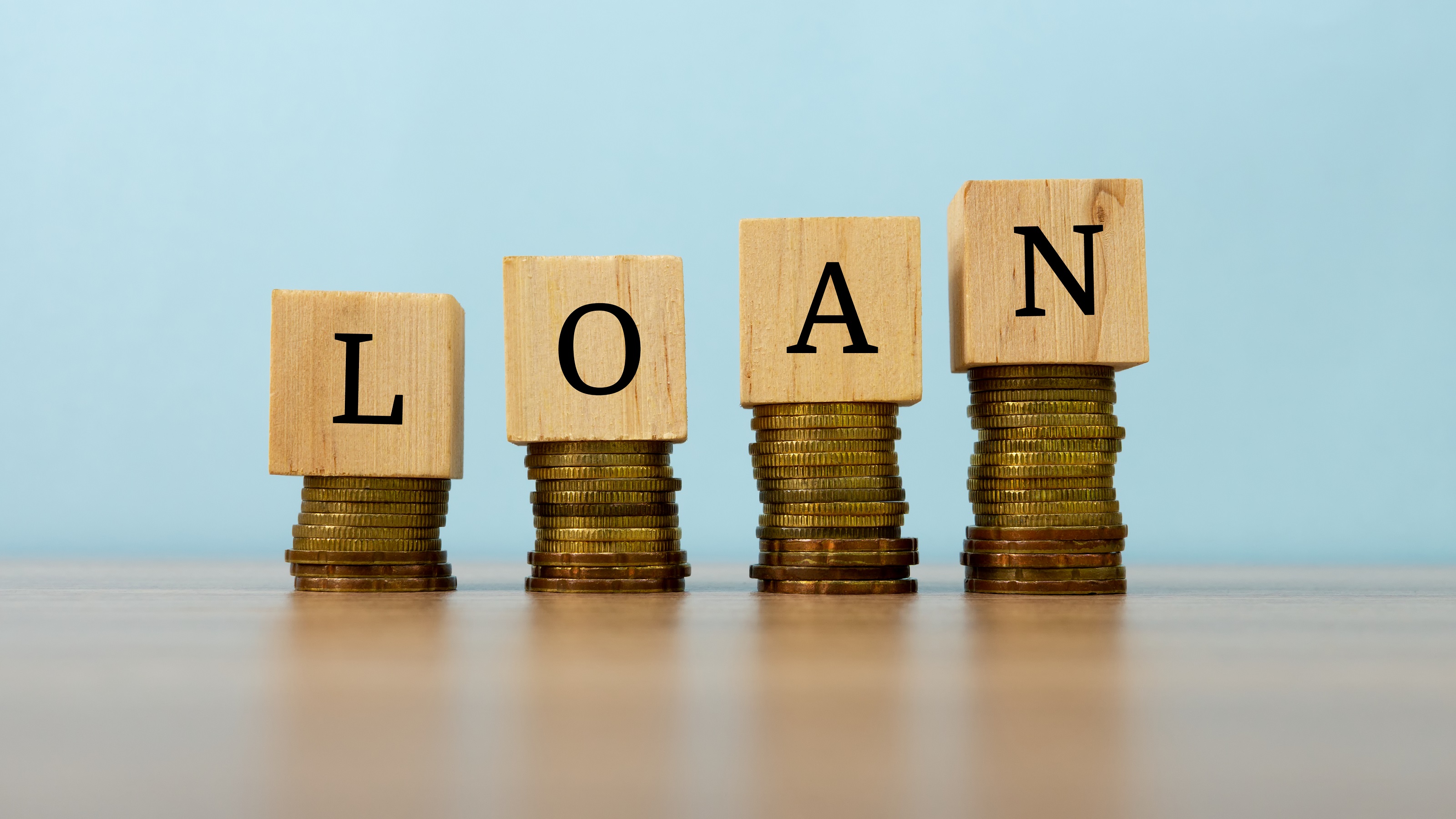Top Five Benefits of Peer-to-Peer Lending
Flexibility of terms and fast application processing are just two of the perks of P2P lending over traditional lending.


If you needed a small loan to fund car repairs, buy a new car or make crucial kitchen renovations, where would you go?
You could certainly go to a bank, but the application process may take longer than expected, and the requirements might be more stringent for those with fair credit. If you’re just starting out, or if you are on the journey to enhance your credit, an online marketplace lending platform could provide a smoother, more successful experience for obtaining the funding you need to achieve your dreams while improving your overall financial well-being.
We at Prosper introduced peer-to-peer (P2P) lending to the U.S. in 2005, and nearly 20 years later, our personal loan platform has facilitated more than $26 billion in loans for more than 1.5 million Americans.

Sign up for Kiplinger’s Free E-Newsletters
Profit and prosper with the best of expert advice on investing, taxes, retirement, personal finance and more - straight to your e-mail.
Profit and prosper with the best of expert advice - straight to your e-mail.
A wider range of access to loans
The introduction of P2P lending in 2005 was a breakthrough in giving a wider range of Americans access to loans that help them meet financial needs, consolidate their debt and more. It also provided an opportunity for individuals to expand and diversify their investment portfolio beyond conventional options and achieve solid returns by investing in “notes,” or shares, of borrowers’ unsecured personal loans.
To meet the growing demand in this space, P2P lending, which originally focused on retail investors, expanded to include institutional investors under a broader umbrella called marketplace lending.
Below is a list of the top five advantages over traditional lending that some marketplace lending providers, and specifically P2P lending, can offer:
- Easier qualification for those with fair or poor credit. P2P loans are typically unsecured loans provided by investors to individual borrowers or small businesses. Consumers with fair or less-than-ideal credit scores may qualify for these loans much easier than they can with bank loans — and may be able to obtain lower interest rates.
- Fast, seamless online application process. P2P and other online marketplace platforms allow consumers to apply online for loans and identify the loans that would be the best fit for them, in a matter of minutes. Depending on the platform, potential borrowers can, after creating an online account and obtaining an interest rate estimate, authorize a “soft pull” credit check that won’t impact their credit scores — and all before formally applying for a loan. Some online lending platforms can also undertake “soft pull” credit checks after applications have been submitted, further protecting borrowers’ credit scores.
- Flexible terms. Depending on which marketplace lending platform a borrower uses, they can customize their monthly payments and rates — and can even make changes to their payment dates after loan agreements are signed, without having to provide a reason. Certain platforms may also offer multiple ways for borrowers to make payments, ranging from phone or mail to mobile apps and electronic fund transfer.
- Getting money fast. Certain lending platforms enable borrowers to receive their money as quickly as the next business day.
- Solid returns for investors. P2P lending enables borrowers and individual investors to succeed and grow together. Usually, when the borrowers begin making monthly payments and interest, the money is distributed to the contributing investors, minus any platform and servicing fees. The loan payments from borrowers can provide a source of passive monthly income for investors. Furthermore, investors may have the opportunity to invest in loan listings for as little as $25.
Consumers need to proactively protect themselves from bad actors in this space, and the personal finance marketplace in general. A good rule of thumb is to always vet the lender/company, read customer reviews, take the time to read and understand the loan terms in-depth and check the lender/company’s cybersecurity measures. The latter is especially important for keeping personal information well-protected.
Household debt has been climbing
The benefits that peer-to-peer lending holds over traditional lending are impressive — and they couldn’t come at a better time, given that U.S. household debt has been increasing. During the first quarter of 2024, total U.S. household debt increased by $184 billion to $17.69 trillion, according to the Federal Reserve Bank of New York. Americans’ mortgage balances rose by $190 billion to $12.44 trillion, and their auto loan debt increased by $9 billion to $1.62 trillion. Meanwhile, Americans’ home equity lines of credit rose for the eighth consecutive quarter since the first quarter of 2022, increasing by $16 billion to $376 billion.
In addition, the New York Fed reported that almost 9% of annualized credit card balances and 8% of annualized auto loans entered into delinquency during the first quarter of this year.
With Americans’ debt balances only continuing their upward trajectory, P2P lending can provide a viable, advantageous alternative for obtaining the money they need to achieve success and improve their financial well-being.
Prosper's borrower payment dependent notes (“Notes”) are offered pursuant to a Prospectus available at: prosper.com/prospectus. Notes are not guaranteed or FDIC-insured, and investors may lose some or all of the principal invested. Investors should carefully consider these and other risks and uncertainties before investing.
Related Content
Get Kiplinger Today newsletter — free
Profit and prosper with the best of Kiplinger's advice on investing, taxes, retirement, personal finance and much more. Delivered daily. Enter your email in the box and click Sign Me Up.

As Chief Executive Officer of Prosper Marketplace, David oversees the company’s vision, overall operations and performance. David joined the company in March 2016 as Chief Financial Officer and was named CEO in December 2016. David brings more than 20 years of financial management experience to this role. Prior to joining Prosper Marketplace, David served as Senior Financial Officer of USAA’s Chief Operating Office, where he oversaw USAA’s real estate unit, bank, P&C and life insurance companies, investment management company and the call centers/distribution functions.
-
 Stock Market Today: Trump Retreats, Markets Rejoice
Stock Market Today: Trump Retreats, Markets RejoiceStocks rally, yields soften, the dollar rises, and even beaten-down names enjoy the wages of potential trade peace.
By David Dittman
-
 In Trump’s Economy Should 401(k) Savers 'Set It and Forget It?'
In Trump’s Economy Should 401(k) Savers 'Set It and Forget It?'It’s hard to bury your head in the sand when the markets are volatile. Here’s when it makes sense and when it doesn’t.
By Donna Fuscaldo
-
 Bouncing Back: New Tunes for Millennials Trying to Make It
Bouncing Back: New Tunes for Millennials Trying to Make ItAdele's mournful melodies kick off this generation's financial playlist, but with the right plan, Millennials can finish strong.
By Alvina Lo
-
 Early-Stage Startup Deals: How Do Convertible Notes Work?
Early-Stage Startup Deals: How Do Convertible Notes Work?Some angel investors support early startups by providing a loan in exchange for a convertible note, which includes annual interest and a maturity date.
By Murat Abdrakhmanov
-
 SRI Redefined: Going Beyond Socially Responsible Investing
SRI Redefined: Going Beyond Socially Responsible InvestingNow that climate change has progressed to a changed climate, sustainable investing needs to evolve to address new demands of resilience and innovation.
By Peter Krull, CSRIC®
-
 Here's When a Lack of Credit Card Debt Can Cause You Problems
Here's When a Lack of Credit Card Debt Can Cause You ProblemsUsually, getting a new credit card can be difficult if you have too much card debt, but this bank customer ran into an issue because he had no debt at all.
By H. Dennis Beaver, Esq.
-
 Going to College? How to Navigate the Financial Planning
Going to College? How to Navigate the Financial PlanningCollege decisions this year seem even more complex than usual, including determining whether a school is a 'financial fit.' Here's how to find your way.
By Chris Ebeling
-
 Financial Steps After a Loved One's Alzheimer's Diagnosis
Financial Steps After a Loved One's Alzheimer's DiagnosisIt's important to move fast on legal safeguards, estate planning and more while your loved one still has the capacity to make decisions.
By Thomas C. West, CLU®, ChFC®, AIF®
-
 How Soon Can You Walk Away After Selling Your Business?
How Soon Can You Walk Away After Selling Your Business?You may earn more money from the sale of your business if you stay to help with the transition to new management. The question is, do you need to?
By Evan T. Beach, CFP®, AWMA®
-
 Two Don'ts and Four Dos During Trump's Trade War
Two Don'ts and Four Dos During Trump's Trade WarThe financial rules have changed now that tariffs have disrupted the markets and created economic uncertainty. What can you do? (And what shouldn't you do?)
By Maggie Kulyk, CRPC®, CSRIC™